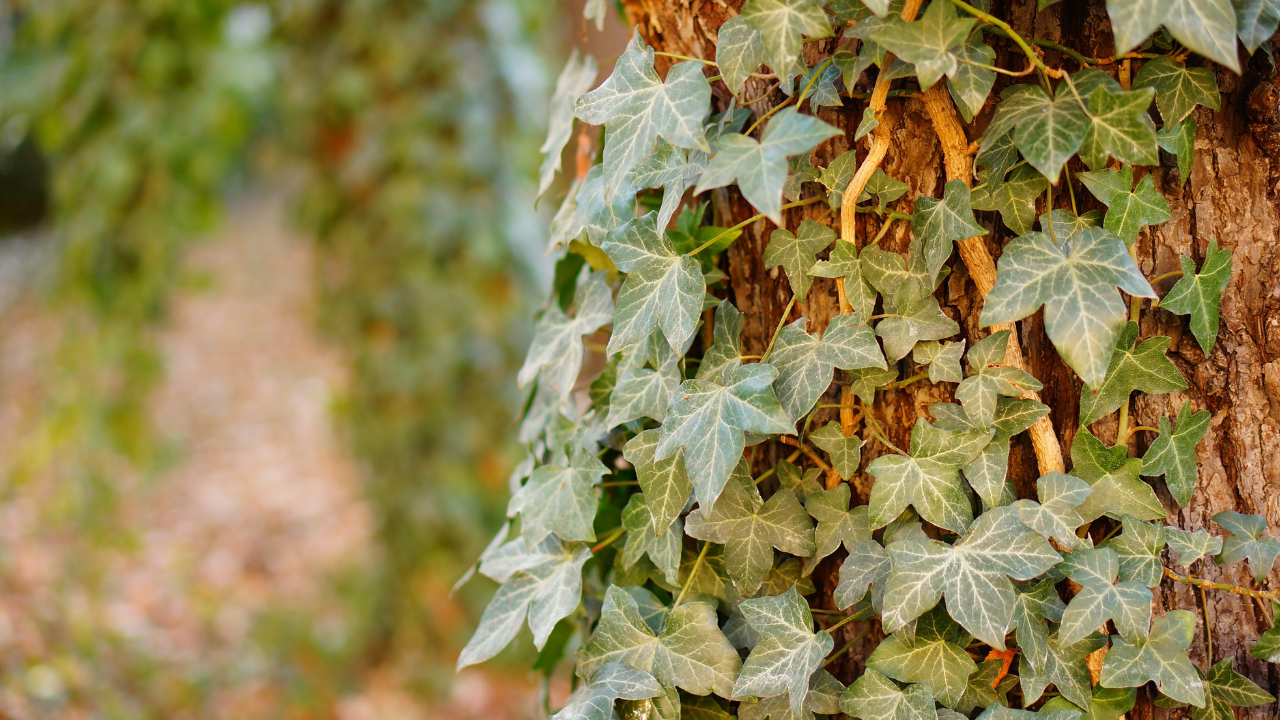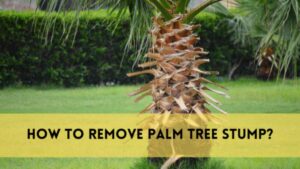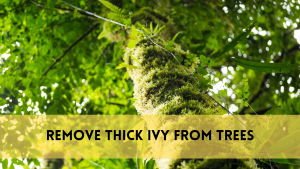Welcome to Kingswood Arborist’s detailed guide on tackling a common green issue: dense ivy on trees. As custodians of your outdoor oasis, we understand how invasive ivy affects the health and beauty of your trees.
In this post, we will provide effective techniques, expert insights, and preventative measures to assist you How do you get rid of thick ivy on trees?. Whether you’re dealing with an existing problem or proactively protecting your trees, Kingswood Arborist is your reliable partner in revitalizing your green friends and maintaining a vibrant outdoor landscape.
Understanding the Impact of Thick Ivy
The first critical step in combating thick ivy from trees is to realize the devastating impact it may have. Thick ivy is more than just an aesthetic concern; it poses a serious threat to the health and vitality of your trees. Recognizing this hazard is critical for adopting effective removal techniques.
Thick ivy, left untreated, may be a serious opponent to trees. It competes for critical resources like sunlight and nutrients, preventing the tree’s natural growth and development. Furthermore, the additional weight of extensive ivy coverage can strain tree limbs and jeopardize structural stability.
This section dives into the negative consequences of thick ivy, emphasizing the significance of prompt treatment. Understanding the impact enables you to make informed decisions and go on a road to restore the health and beauty of your trees from the encroaching threat of dense ivy.
Techniques to Effectively Remove Thick Ivy from Trees
To remove thick ivy from treez, you’ll need to use effective removal procedures. In this section, we look at tried-and-true ways that Kingswood Arborist suggests for successfully removing the invasive plant.
Manual Removal: One of the most hands-on methods is to manually extract the thick ivy from the tree. This procedure assures precision, allowing you to delicately break the ivy vines from their roots without damaging the tree.
Cutting and Pruning Strategies: Kingswood Arborist recommends smart cutting and pruning to target the ivy while maintaining the overall health of the tree. This method entails eliminating specific areas of ivy, gradually lowering its presence while increasing the tree’s vigour.
Learning these strategies provides you with practical ideas for tackling the difficulty of heavy ivy removal. Whether you choose a hands-on approach or strategic pruning, Kingswood Arborist has the experience to properly manage the removal procedure, ensuring your trees can thrive without the intrusion of dense ivy.

Tools to Remove Thick Ivy from Trees
To effectively remove thick ivy from trees, you’ll need the following tools:
- Pruning Shears: Ideal for cutting smaller ivy vines close to the tree.
- Hand Saw: Useful for cutting thicker ivy vines at the base or along the length.
- Gloves: Protect your hands from potential irritants and scratches.
- Sturdy Ladder: Ensures safe access to higher parts of the tree where ivy may be present.
- Safety Glasses: Optional but recommended to protect your eyes from debris while cutting or pulling ivy.
How do you get rid of thick ivy on trees?
Steps to Remove Thick Ivy from trees: A Detailed Method
To ensure success while avoiding tree damage, removing thick ivy from trees must be done in a systematic manner. To effectively remove thick ivy from trees, follow the specific techniques indicated by Kingswood Arborists.
- Start by measuring the amount of ivy growth on the tree. Determine the important spots where ivy has taken hold and assess the general health of the tree.
- Prepare the tools you’ll need for a safe and effective removal process. This contains pruning shears, loppers, gardening gloves, and safety glasses.
- Begin by manually detangling the ivy from the tree stem. Carefully loosen the vines while avoiding any harm to the bark.
- Find the bottom of the ivy stems at ground level. Cut the ivy at the base with pruning shears, cutting its link to the root system.
- Remove any clipped ivy stems from the ground to prevent reattachment. Dispose of the removed ivy responsibly, making sure it does not regrow in the area.
- Check the tree for any lingering ivy, particularly on higher branches. Use loppers or a pruning saw to gently remove these remnants in a strategic and controlled manner.
- Schedule regular inspections to check for any ivy recurrence. To prevent thick ivy from reestablishing itself, handle any new growth as soon as possible.
By carefully following these methods, you may easily remove thick ivy while preserving the health and structural integrity of your trees. Kingswood Arborist highlights the need for a comprehensive and deliberate approach to achieve long-term outcomes.
The Best Time to Remove Thick Ivy Form Trees
Choosing the best time to remove thick ivy from trees is critical for a successful and long-lasting removal procedure. Kingswood Arborist suggests late winter or early spring as the best times to tackle heavy ivy on trees.
During late winter and early spring, the ivy becomes dormant, making it less hardy and easier to maintain. Because the vines are weaker during this stage, the removal process can be completed more efficiently. Furthermore, the lack of leaves throughout the winter makes it easier to access and trim the ivy without interference.
By scheduling the removal during these seasons, you can optimize the efficacy of your efforts while minimizing the potential harm to the tree. Kingswood Arborist recommends homeowners plan thickly.
FAQs
What tools should I use to remove thick ivy from trees?
You’ll need standard gardening supplies, including pruning shears, gloves, a hand saw, and a strong ladder. A pair of safety glasses is optional but may be helpful.
When is it advisable to remove thick ivy from trees?
The best time is during the dormant season, which is normally late fall to early spring. This reduces stress on the tree and facilitates its removal.
Can I just remove the thick ivy from the tree by hand?
You can begin by picking loose ivy by hand, but heavier vines may require cutting. Pulling ivy inappropriately might harm the tree bark.
Will the ivy regrow after removal?
Without proper care, ivy can regrow. Monitor the area on a regular basis and swiftly remove any new growth.
Conclusion
Removing thick ivy on trees is an essential activity to keep the tree healthy. It is critical to employ the right equipment and practices to reduce tree damage and stress. Regular monitoring and maintenance are required to prevent ivy from regrowing. To ensure environmental sustainability, avoid the use of herbicides.
Contact Kingswood Arborist for professional tree care services, including ivy removal. Their professionals may offer personalized guidance and services to ensure the health of your trees. For additional information, please visit KingswoodArborist.com.
How useful was this post?
Click on a star to rate it!
Average rating 0 / 5. Vote count: 0
No votes so far! Be the first to rate this post.




